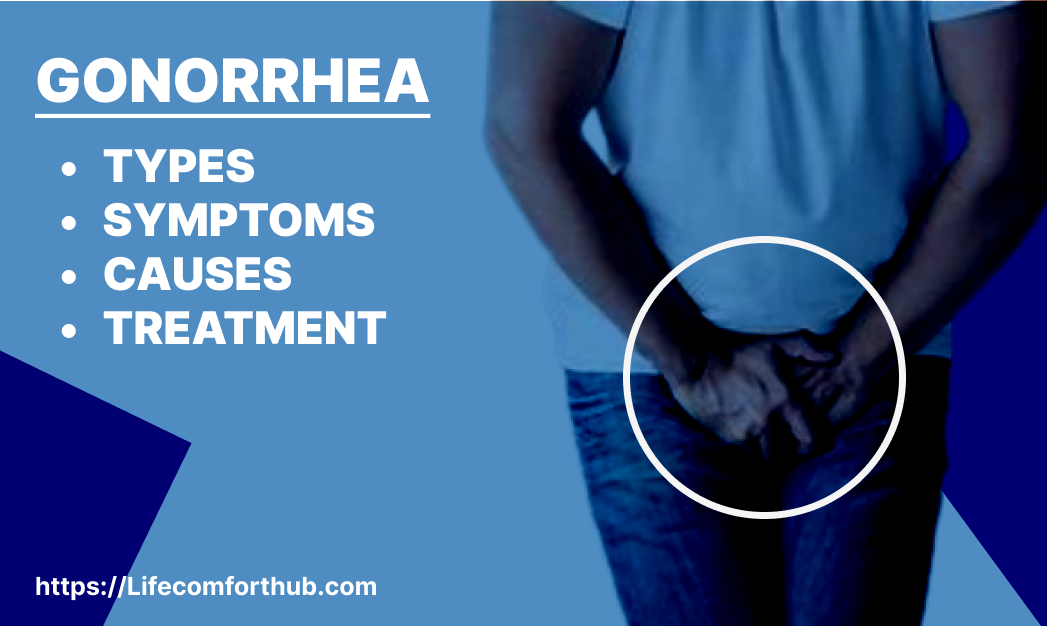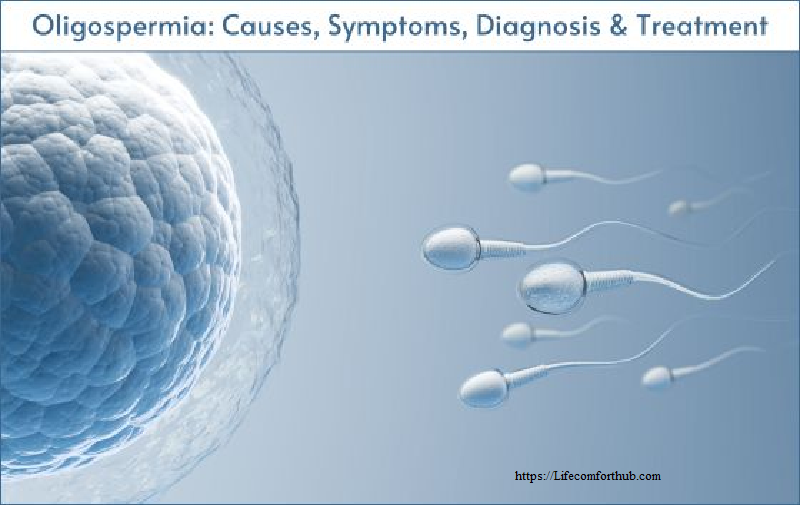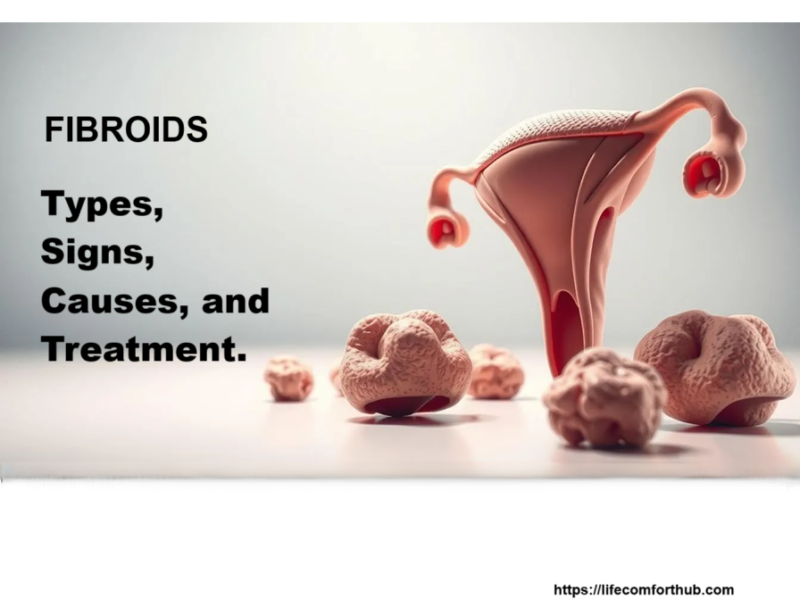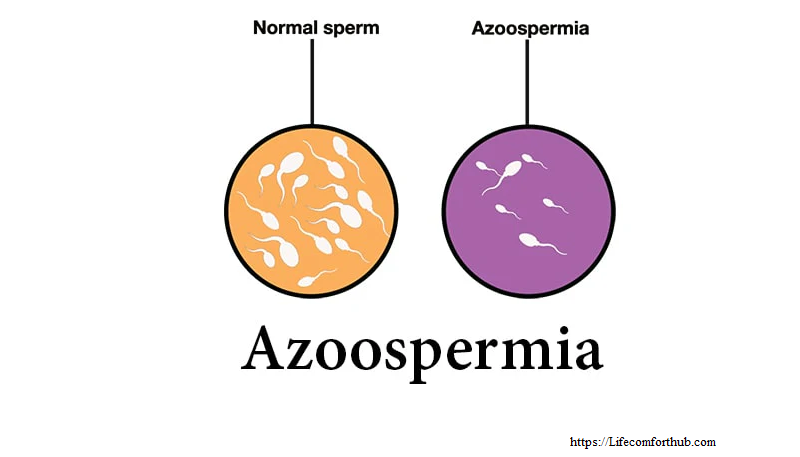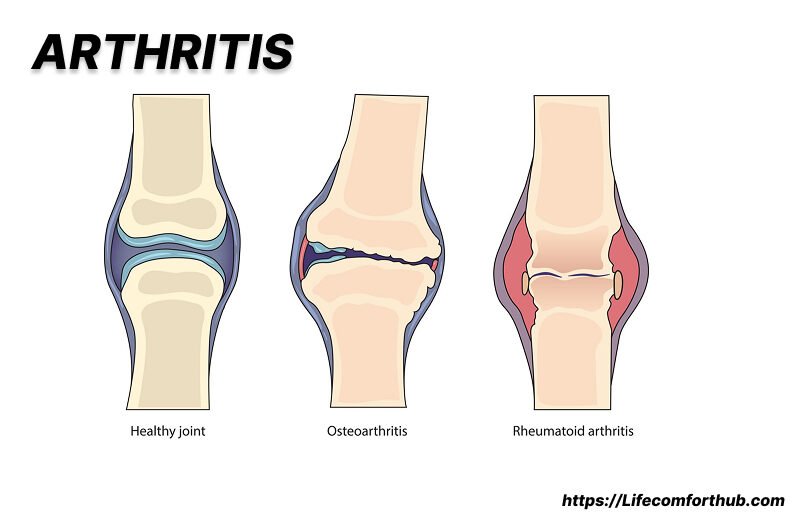Introduction to Gonorrhea
Gonorrhea, also known as “The Clap” is as sexually transmitted infection. Often, this S.T.I. (Sexually transmitted Infection) doesn’t show symptoms, especially in women, which means that it can be classified as an indiscreet infection.
Gonorrhea comes from the bacteria called “Neisseria Gonorrhoeae (N. Gonorrhoeae)”; it can also be identified informally as “The Drip” too. This infection doesn’t have any age restrictions, which means it can be transmitted to any age, as long as the potential victim is sexually active. It can be transmitted from mother to baby during childbirth, which affects the baby’s eyes.
Gonorrhea doesn’t have any known type at the time of this research. It is reported second most common S.T.I caused by bacteria, just behind Chlamydia. Modern medicine has made it possible to treat gonorrhea effectively. However, the emergence of strains resistant to antibiotics is a rising concern. This makes spreading awareness about its symptoms, causes, prevention, and treatment even more vital.
Symptoms Of Gonorrhea
Often, Gonorrhea doesn’t show any symptoms, and it is very difficult to identify it without diagnosis. It also tends to have different signs based on the reproductive anatomy of the infected person.
Symptoms in Women
Research shows that more than 50% of women don’t experience symptoms. Thus, making it easier to transmit the infection to others. However, when the signs are present, they may include the following:
- Unusual vagina discharge: This can be is bad and it involves discharges sometimes in the color of yellow and white, depending on the severity of the condition.
- Pain in the lower abdomen or pelvis.
- Pain during sexual intercourse, which is also known as Dyspareunia.
- Pain during urination, which is also known as Dysuria.
- Bleeding during period, actually this should not be mistaken to menstruation. The bleeding spoken of, is most times thicker and messier than the normal flowing blood.
Symptoms In Men
- White, yellow or green discharge from the penis, again this doesn’t display the serenity of the infection.
- Pain or burning (This can possibly very excruciating and severe) during urination.
- Testicular pain and swollen testicles.
Similarities in Both Genders
Sometimes it is possible to contract Gonorrhea infection either through any of the following ways:
- In the Throat (Through oral sex).
- In the Rectum (Through anal sex).
- It affects the eyes, and it can cause eye pain, sensitivity to light, and puss (Discharge from both eyes).
- The infection can affect the joints. This is called septic arthritics.
- Itch and Peeling: Serious itch, sore throat, Serious trouble with swallowing anything at all, and swollen lymph nodes in the neck.
- Itching, discharge of fluid and also pain during defecation. Though, this condition is less common than unusual gonorrhea, so it may be more difficult to diagnose than usual.
Causes Of Gonorrhea
Infection occurs when the bacteria (N. Gonorrhoeae) enter your body through sexual fluids, like semen and vaginal fluid fluids, often through unprotected sex. It can also be contracted by sharing sex toys that haven’t been washed or covered in a new condom.
In women, the common site or home of the infection is the cervix, while in men, it is usually stay in urethra.
Gonorrhea can be transmitted to people that of all ages, races and classes. But still, there are some factors that exist with higher potential to contract the infection:
- Unprotected Sexual Contact : The main way gonorrhea is transmitted is through vaginal, oral, or anal sex without protection. It’s highly contagious, and a single exposure can lead to infection.
- Mother to Child Transmission : During childbirth, an infected mother can pass the bacteria to her baby, often affecting the child’s eyes and potentially leading to blindness if untreated.
- Contaminated Objects: Although rare, gonorrhea can spread through objects such as improperly cleaned sex toys.
- Being aged under 28.
- Having a history of S.T.I.
- Having multiple sexual partners.
- Being heterosexual, whether gay or lesbian.
Diagnosis of Gonorrhea
Gonorrhea can be diagnosed by performing the following:
- Urine Test: This is often the first test performed, especially for genital infections.
- Swab Test: Samples are collected from areas like the throat, rectum, or eyes if those sites are suspected to be infected.
- Nucleic Acid Amplification Test (NAAT): This advanced test detects the bacteria’s DNA and is one of the most accurate options.
- Culture Test: If antibiotic resistance is suspected, a culture test can determine which antibiotics will be effective.
- Routine testing is highly recommended for sexually active individuals, especially those with multiple partners.
Complications of Untreated Gonorrhea
Untreated gonorrhea possesses a lot of complications and can lead to major issues such as:
- Infertility in both men and women.
- Spread of the infection throughout the joints and all-over other parts of the body.
- Increased risk towards the deadly disease HIV and AIDS.
- The increase and dangerous implications in babies.
Treatments Of Gonorrhea
Drugs can be used to curtail the spread of this infection. A very specific drug called Doxycycline can be used to lower the risk of an infection. It can be taken a few days prior to the sexual intercourse and never take it without prescription. Always ensure to visit and consult your healthcare provider for help and prescriptions. Apart from that here is what is also done:
- Dual Therapy: A single injection of the antibiotic ceftriaxone and an oral dose of azithromycin is the standard treatment.
- Treating Partners: All sexual partners of the infected person should also receive treatment to stop the infection from spreading or recurring.
- Follow Up Testing: After treatment, another test is often done to ensure the infection has cleared, especially in cases involving resistant bacteria.
It should be also remembered that prevention is better is always better than cure. So, it is better to abstain from unprotected sexual intercourse, and also to comply to the use of condoms in any essential or needful sexual relationship.
Read more about health Issues and aliments HERE
